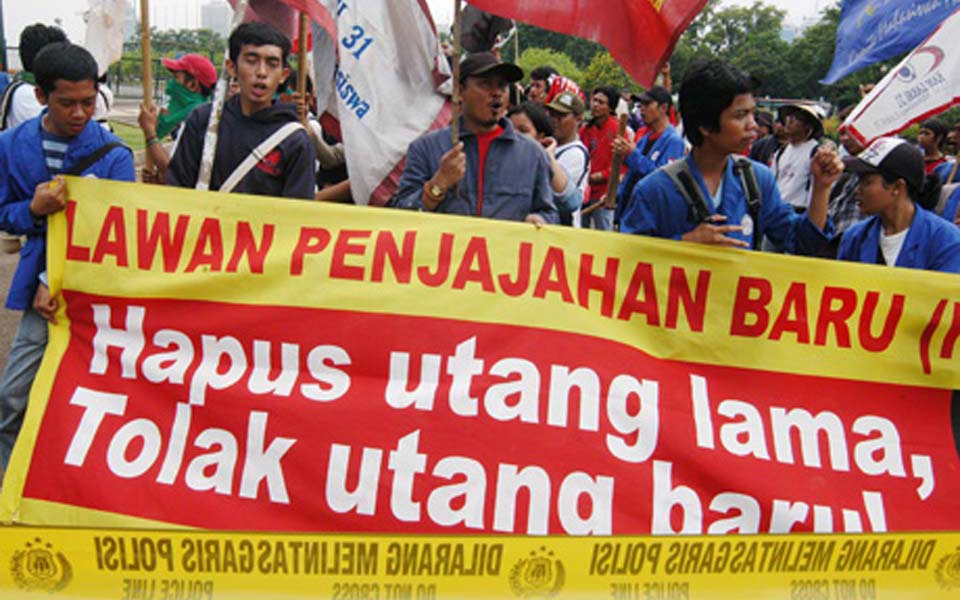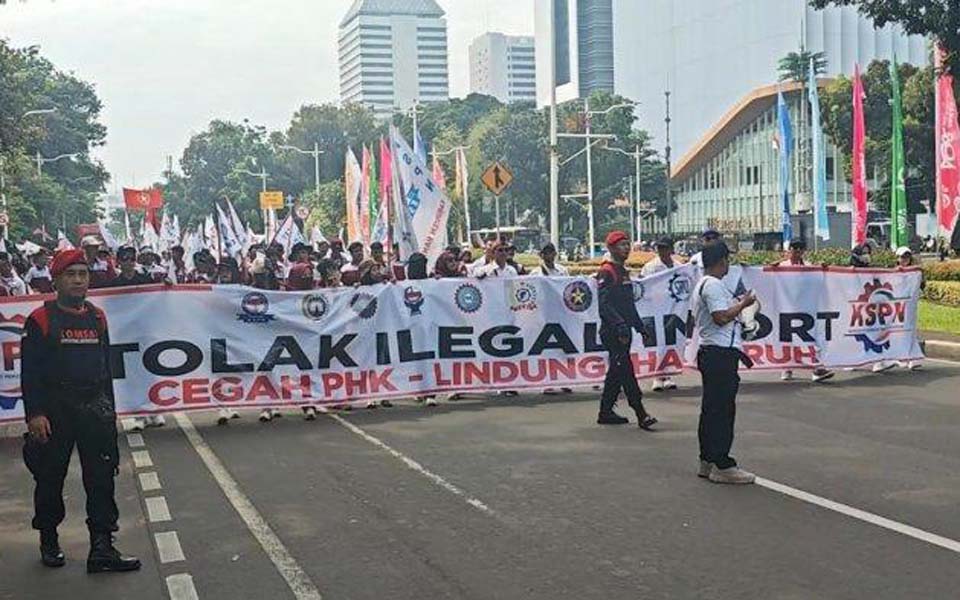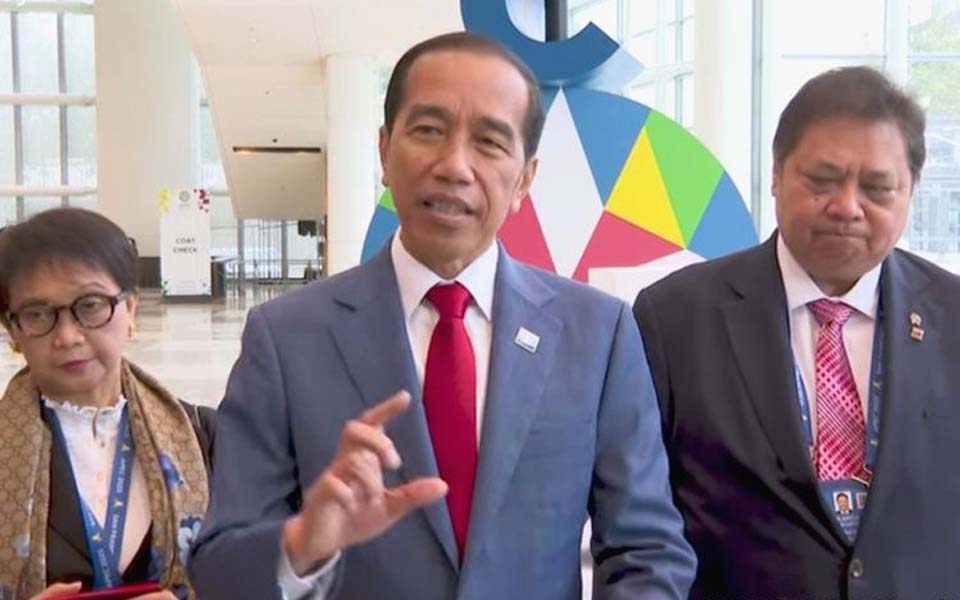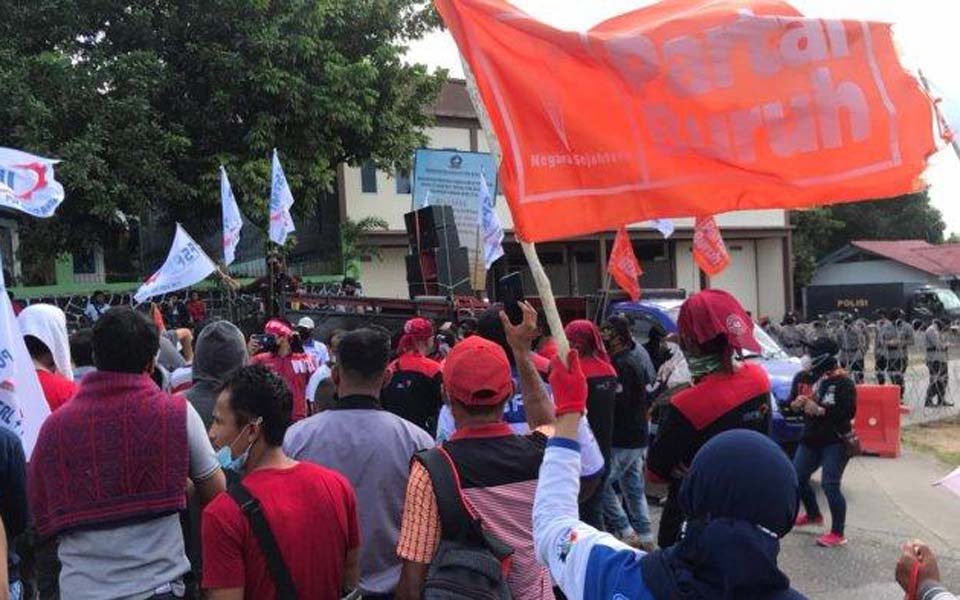Indonesia’s foreign debt continues to rise, primarily because private sector debt is growing. Of the various issues related to private sector foreign debt, the composition of new debts to pay old debts needs to be given attention. The ‘nomenclature’ of this kind of foreign debt is referred to as ‘refinancing’.
In every day terms however, it is easier to translate as “digging a hole, filling a hole”. Indonesia’s foreign debt figures for February 2015, which were published by Bank Indonesia (BI) in April show that there is tread towards an ever greater percentage of foreign debt being used for refinancing.
Total private sector foreign debt used for refinancing in February reached 13,465 billion US dollars. This is equivalent to 174 trillion rupiah based on the Jakarta Interbank Spot Dollar Rate (Jisdor) for Friday April 24.
The composition of private sector debt for refinancing has now reached 8.2 percent of total private sector debt for February 2014 which stood at 164.1 billion dollars US. What is of concern is that the amount and percentage of loans being used for refinancing continues to rise.
By comparison, in 2010, foreign debt used for refinancing stood at 1.99 billion dollars US or 2.7 percent of the total private sector debt. In 2011 this had risen to 3.75 billion dollars US or 3.9 percent.
In 2012, this increased again to 5.4 billion dollars US or 4.7 percent of total private sector foreign debt. In 2013, refinancing rose yet again to 8.4 billion dollars or 6.5 percent of total debt. Last year the composition for refinancing reached 7.4 percent of private sector foreign debt.
As foreign debt for refinancing increases, the growth in loans used by private corporations for investment obviously slows.
The growth in foreign loans for refinancing has risen in concert with a slowing of economic growth and the fall in commodity prices. In order to maintain cash flows, many corporations whose core business is in the commodity sector have had to seek new and bigger loans in order to cover old debts.
Over the last two years commodity prices have continued to decline triggered by weak demand from global markets. Over the last year however this situation has been aggravated by a drop in the price of crude oil that has created a negative sentiment for commodity prices. As an example, the international market price for coal, which reached around 100 dollars US per ton in 2011, currently stands at only 35 dollars US per ton.
In general terms, the management of foreign loans is being improved so that debtors don’t default on their debts. The BI has issued a number of regulations, including among others, related to foreign loan hedging transactions that was implement this year.
Corporations that have a negative difference between foreign currency assets and foreign currency obligations must be have foreign currency available long before debts mature. In addition to this, they are subject to regulations on foreign debt ratio.
The fall in commodity prices should be a lesson for corporations in Indonesia. Corporations must be able to make projections about business prospects and whether they need fresh foreign loans. If they fail to do this, in the end corporations will be forced to dig holes to fill holes in order to save their business. (A HANDOKO)
Source: No link available.
[Translated by James Balowski for the Indoleft News Service. The original title of the report was Utang Luar Negeri – Gali Lubang Tutup labong.]















